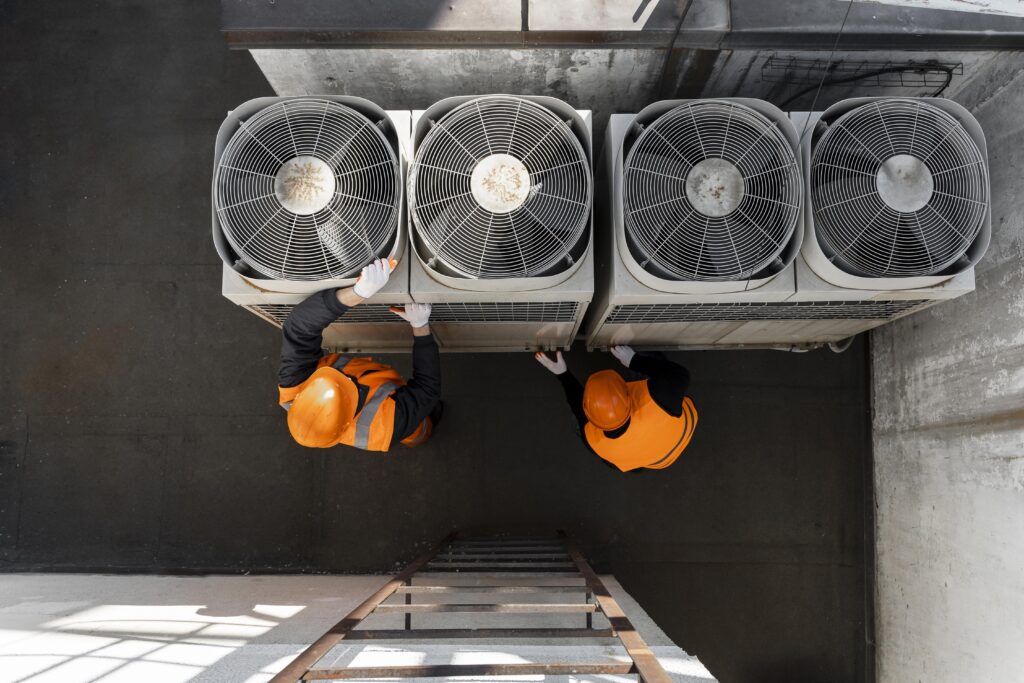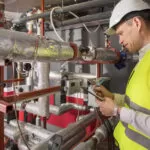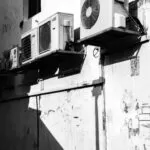As a responsible building owner in the diverse climate of Texas, ensuring the quality of indoor air is crucial for the well-being of your occupants. One essential aspect of achieving this goal is understanding and implementing accurate outside air calculations. In this article, Qusrawi Mechanical Engineering Services explore the significance of outside air calculations for your Texas property and how they contribute to a healthier and more comfortable indoor environment.
Table of Contents
The Importance of Indoor Air Quality:
Indoor air quality (IAQ) directly impacts the health and comfort of the individuals within your building. In Texas, where the weather can range from hot and humid to cold and dry, maintaining optimal IAQ is a multifaceted challenge. Poor air quality can lead to a range of issues, including respiratory problems, allergies, and a general sense of discomfort for your occupants.

Outside air calculations play a pivotal role in ensuring that your HVAC (Heating, Ventilation, and Air Conditioning) system delivers the right amount of fresh air to dilute indoor pollutants and maintain a healthy indoor environment. By addressing this aspect, you contribute not only to the physical well-being of your occupants but also to their overall satisfaction with the indoor conditions of your property.
Understanding Outside Air Calculations:
Outside air calculations involve determining the appropriate amount of fresh air that needs to be introduced into your building to maintain good indoor air quality. This calculation considers factors such as the number of occupants, the size of the space, and the activities taking place within it. The goal is to strike a balance between providing enough fresh air for health and comfort while minimizing energy consumption.
In the dynamic climate of Texas, where temperatures can soar during the summer and drop unexpectedly in the winter, accurate outside air calculations become even more critical. Balancing the need for ventilation with the demand for efficient HVAC operation ensures that your property remains comfortable and cost-effective throughout the year.
Compliance with Building Codes:
Texas, like any other state, has specific building codes and regulations that govern indoor air quality standards. Compliance with these codes is not just a legal requirement; it is a fundamental aspect of responsible property ownership. Outside air calculations help you meet these standards by ensuring that your HVAC system aligns with the prescribed ventilation rates for different types of spaces within your building.
By staying informed about and adhering to building codes related to indoor air quality, you demonstrate a commitment to the safety and well-being of your occupants. It also protects you from potential legal complications and ensures that your property is a healthy and comfortable environment for everyone.
Energy Efficiency and Cost Savings:
While providing fresh air is essential, achieving this goal in the most energy-efficient manner is equally important. Outside air calculations allow you to optimize your HVAC system, delivering the right amount of fresh air without overburdening the system and increasing energy costs.
In the energy-conscious landscape of Texas, where electricity consumption can spike during extreme weather conditions, implementing efficient outside air calculations becomes a strategic decision for cost savings. By striking the right balance, you not only contribute to the sustainability of your property but also enjoy long-term financial benefits through reduced energy expenses.
Customizing Solutions for Your Texas Property:
Every building in Texas is unique, with varying occupancy levels, usage patterns, and HVAC system configurations. Generic approaches to outside air calculations may fall short in addressing the specific needs of your property. Collaborating with HVAC professionals who can customize solutions based on the individual characteristics of your building is a prudent step.
Experienced professionals can conduct thorough assessments, taking into account factors such as the geographic location of your property, local weather patterns, and the overall design of the building. This tailored approach ensures that the outside air calculations are precisely calibrated to meet the unique demands of your Texas property.
Conclusion:
In conclusion, as a building owner in Texas, prioritizing outside air calculations is a strategic decision that directly impacts the health, comfort, and cost-effectiveness of your property. By understanding the importance of indoor air quality, complying with building codes, and optimizing your HVAC system for energy efficiency, you contribute to a positive and sustainable indoor environment.
Investing in accurate outside air calculations is not just a legal requirement; it is a commitment to the well-being of your occupants and the long-term viability of your property. Consider partnering with HVAC professionals to customize solutions that align with the unique characteristics of your building in the diverse and dynamic climate of Texas. In doing so, you pave the way for a healthier, more comfortable, and energy-efficient indoor space for all who inhabit or utilize your property.




